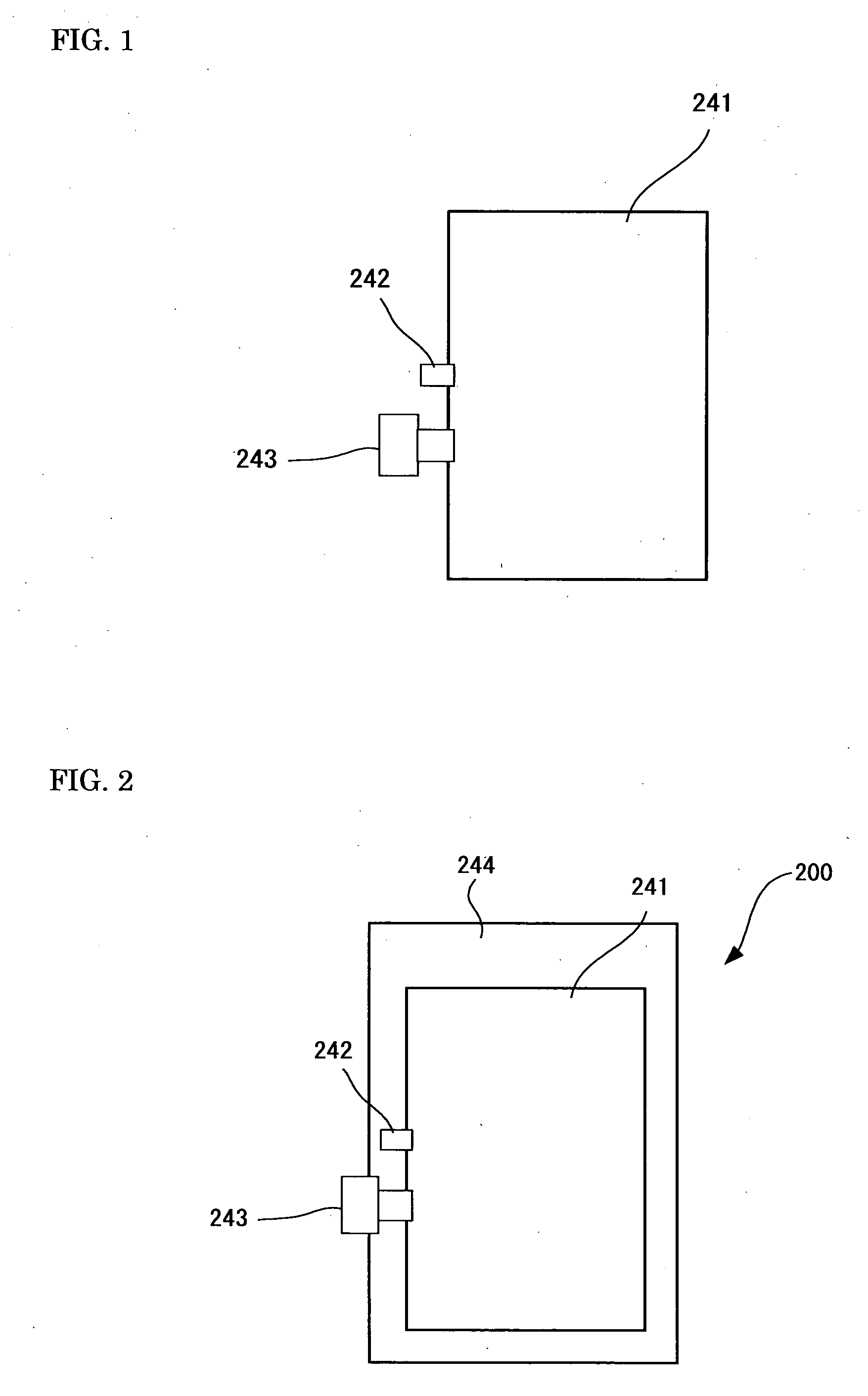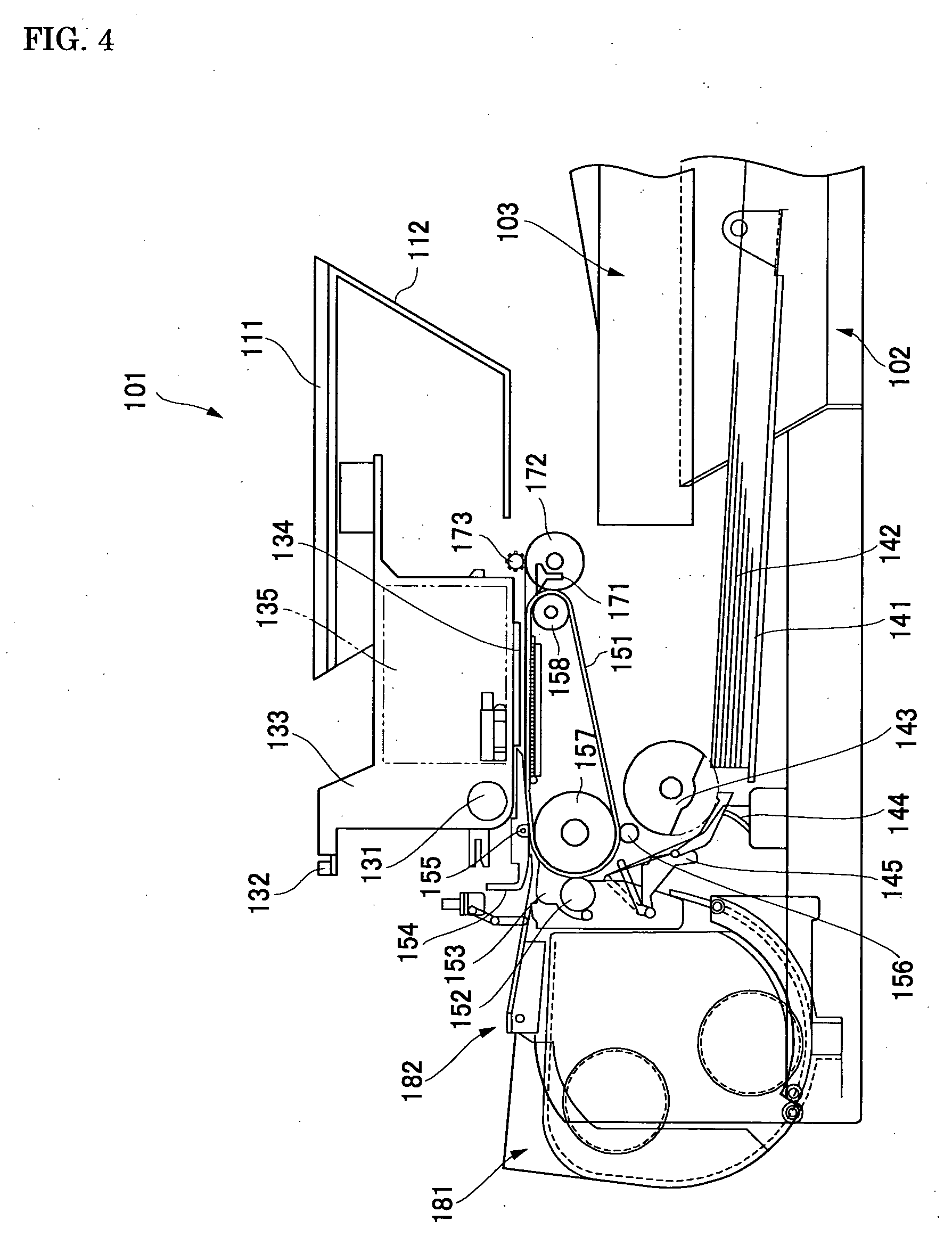Recording Ink, Ink/Media Set, Ink Cartridge, Inkjet Recording Method and Inkjet Recording Apparatus
a technology of inkjet recording and ink cartridge, which is applied in the field of inkjet recording methods and inkjet recording apparatus, can solve the problems of poor recyclability compared with regular paper, poor ink absorbency, and high production cost, and achieve excellent image density, saturation and image durability, and prevent the generation of blank spots.
- Summary
- Abstract
- Description
- Claims
- Application Information
AI Technical Summary
Benefits of technology
Problems solved by technology
Method used
Image
Examples
preparation example 1
Preparation of Aqueous Solution a of Water-Soluble Polymer Compound
[0385]10.0 parts by mass of alpha-olefin / maleic anhydride copolymer (T-YP112, manufactured by SEIKO PMC Corporation) represented by the following structural formula 1, which has an olefin chain with 20 to 24 carbon atoms, an acid value of 190 mgKOH / g and a weight-average molecular weight of 10,000
[0386]17.34 parts by mass of normal LiOH aqueous solution having an acid value 1.2 times higher than alpha-olefin / maleic anhydride copolymer of the structural formula 1
[0387]72.66 parts by mass of ion-exchanged water
[0388]To prepare aqueous solution A of a water-soluble polymer compound, the above-stated components were heated and mixed using a mixer, alpha-olefin / maleic anhydride copolymer represented by the structural formula 1 was dissolved into the thus obtained mixture, and then a very small amount of undissolved articles existed in the solution was removed by filtering using a filter having an average pore diameter of ...
preparation example 2
Preparation of Dispersed Solution of Surface-Treated Black Pigment
[0389]Into 3,000 ml of 2.5 N sodium sulphate solution, 90 g of carbon black having a CTAB specific surface area of 150 m2 / g and a DBP oil absorption amount of 100 mL / 100 g was added. The thus obtained solution was stirred at 300 rpm under 60° C., and reacted for 10 hours. Thus, it was subjected to an oxidation treatment. The thus obtained reaction solution was filtrated to obtain filtrated carbon black. The obtained carbon black was neutralized with sodium hydroxide solution and subjected to an ultra-filtration.
[0390]The resulted carbon black was washed and dried, and then it was dispersed in purified water. The solid content thereof in the thus obtained solution was adjusted to 30% by mass, and it was sufficiently stirred. Thereby a dispersed solution of black pigment was obtained. The average particle diameter (D50) of the dispersed pigment was measured, revealing it was 103 nm. To measure the average particle diame...
preparation example 3
Preparation of Magenta Pigment-Containing Polymer Particulates Dispersed in Water
[0391]
[0392]Into a 1 L flask which was equipped with a mechanical stirrer, a thermometer, a nitrogen gas introducing tube, a reflux tube and a drop funnel and was sufficiently charged with nitrogen gas, 11.2 g of styrene, 2.8 g of acrylic acid, 12.0 g of lauryl methacrylate, 4.0 g of polyethylene glycol methacrylate, 4.0 g of styrene macromer and 0.4 g of mercaptoethanol were placed. Then, they were mixed in the flask and heated to 65° C. Subsequently, a mixed solution of 100.8 g of styrene, 25.2 g of acrylic acid, 108.0 g of lauryl methacrylate, 36.0 g of polyethylene glycol methacrylate, 60.0 g of hydroxyethyl methacrylate, 36.0 g of styrene macromer, 3.6 g of mercaptoethanol, 2.4 g of azobismethyl valeronitrile and 18 g of methyl ethyl ketone was added dropwise into the flask over 2.5 hours. After dripping, another mixed solution of 0.8 g of azobismethyl valeronitrile and 18 g of methyl ethyl ketone ...
PUM
 Login to View More
Login to View More Abstract
Description
Claims
Application Information
 Login to View More
Login to View More - R&D
- Intellectual Property
- Life Sciences
- Materials
- Tech Scout
- Unparalleled Data Quality
- Higher Quality Content
- 60% Fewer Hallucinations
Browse by: Latest US Patents, China's latest patents, Technical Efficacy Thesaurus, Application Domain, Technology Topic, Popular Technical Reports.
© 2025 PatSnap. All rights reserved.Legal|Privacy policy|Modern Slavery Act Transparency Statement|Sitemap|About US| Contact US: help@patsnap.com



